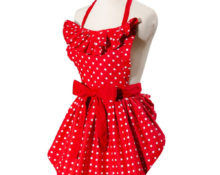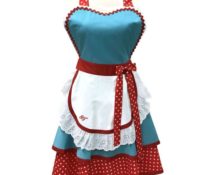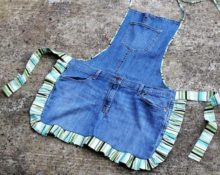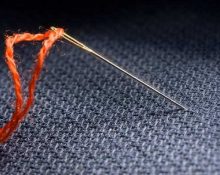Habitually putting on an apron before preparing lunch or dinner, few of us think about how and when this item of clothing appeared. Meanwhile, it has a long, one might say “centuries-old” history and has “arrived” to the present day in almost its original form. So what is an apron and when did it appear?
What is our usual apron?
The word, meaning a piece of clothing that protects against contamination when working in the kitchen, is of “foreign” origin. It appeared in Russian speech in the 60s of the 17th century, and came from Polish.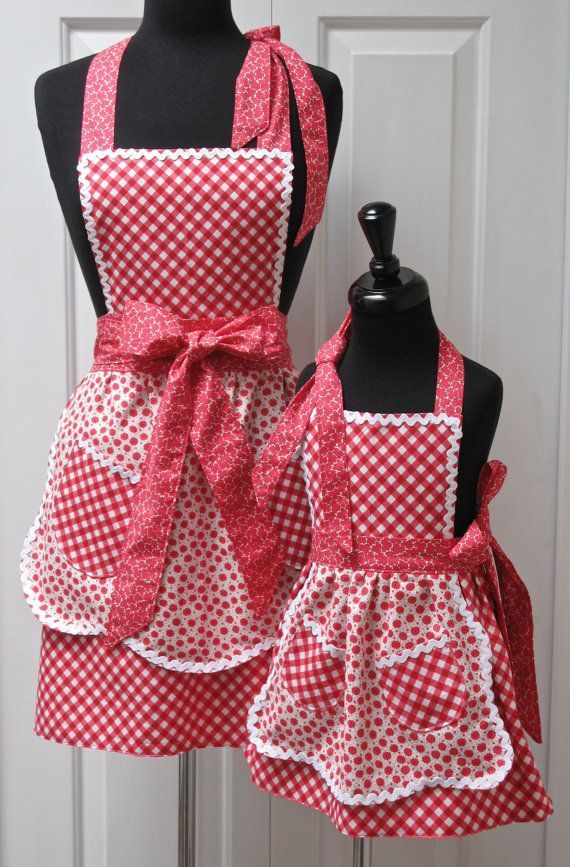
Reference. In the Polish language, the word “apron” also turned out to be borrowed from German. It consisted of two parts - vor and tuch, which meant, respectively, “before” and “shawl or cloth”. That is, the name directly indicated that this element was in front - on top of a dress or other clothing.
The apron covers the front of the body and today can be with or without a bib - that is, it can be fixed at the waist.And although the main features of its cut have remained virtually unchanged throughout history, its functional purpose differed in different periods. This piece of clothing could serve not only for protection, but also be a decoration and even a symbol of a certain rank or status, a ceremonial element.
Briefly about the history of the appearance and distribution of this item of clothing
The history of the appearance of a piece of clothing, called today an apron, can be traced back to the 13th century. It was invented in 1208 in Ancient Egypt - evidence of this can be seen in the images that have come down to us, and was a loose piece of fabric that was attached to the belt by men in public service.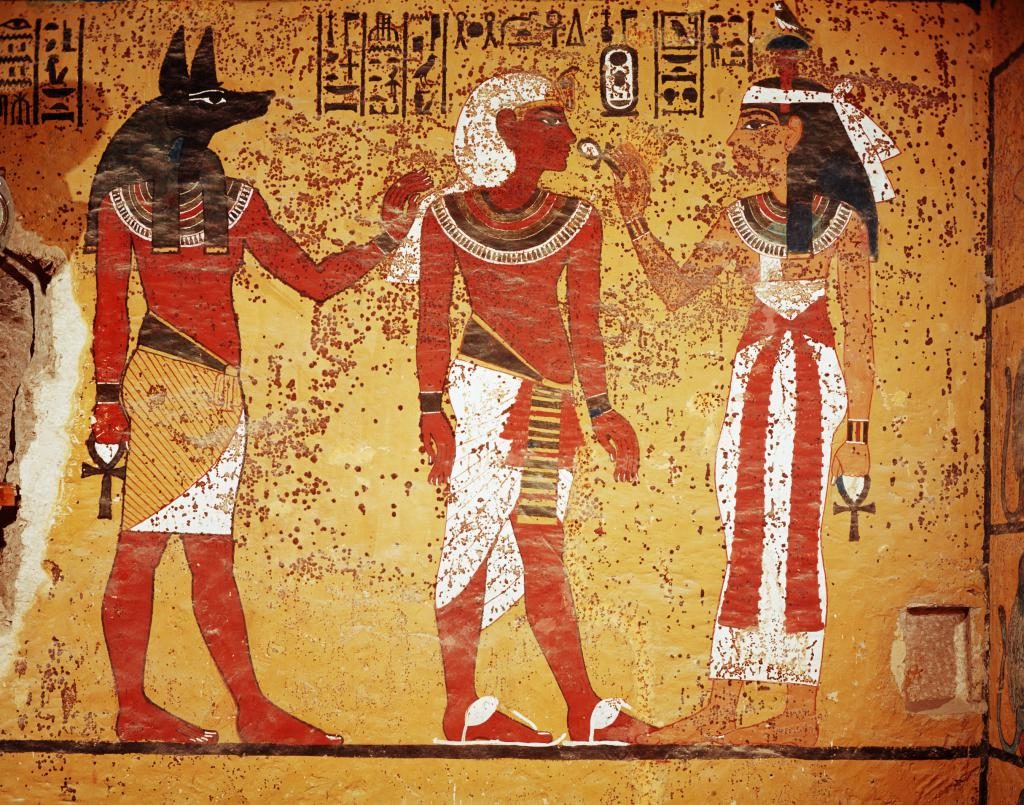
This element of clothing was also used by rulers for various ceremonies. The drapery decorated with precious stones emphasized their high status. Subsequently, such an “apron” became widespread and was a cloth gathered in folds in the middle part and covering the body in front. The rest of the fabric was wrapped around the torso and secured.
A similar element of the “wardrobe” was in Western Asia - it was from there that it “moved” to the territory of Europe. A kind of apron tied around the hips was worn by the men of Ancient Greece; in Rome, such an element of clothing was used by priests, soldiers of the so-called auxiliary troops and gladiators.
Appearing in Europe, it became a “professional” attribute of gardeners, weavers, shoemakers, hairdressers, stonemasons and was predominantly a male element of clothing, since guild craftsmen were exclusively representatives of the “strong half of humanity.”
Reference. Aprons, used to protect clothing during various activities, varied in color and style. Gardeners and weavers had them blue, shoemakers had them black, hairdressers had them checkered, and stonemasons had them white.
For the first time in a woman's wardrobe, an apron appeared as an attribute of married ladies. This happened in the 16th century. Initially, women used pieces of cloth to cover their outfits during large meals. In Germany, “burghers” wore white or colored aprons - and sometimes they were double, covering the figure not only from the front, but also from the back.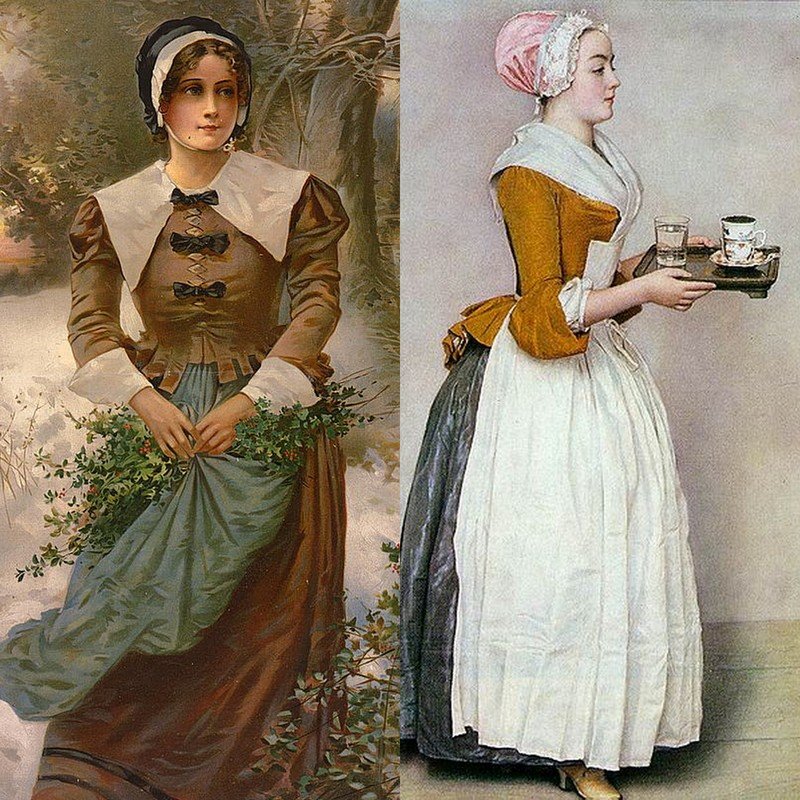
In France, during the reign of the “Sun King” (1660–1710), a richly decorated apron was considered a real “trend” among noble ladies. It was worn at home or worn for a walk. Taking over “fashion trends” from aristocrats, commoners also decorated their aprons with embroidery.
Reference. History knows other names for the apron. The lexeme “table” (from the French “table”), denoting a special apron, appeared thanks to the habit of European women before going out to dinner to cover their outfit with a large napkin.
Over time, the apron became a decorative element of folk costume and was used during rituals. For example, in Russia it was placed on the threshold of the newlyweds’ house. For the family to be successful and prosperous, the couple had to walk through it.
Reference. According to tradition, the Russian apron was made of checkered fabric and trimmed at the edges with red ties.
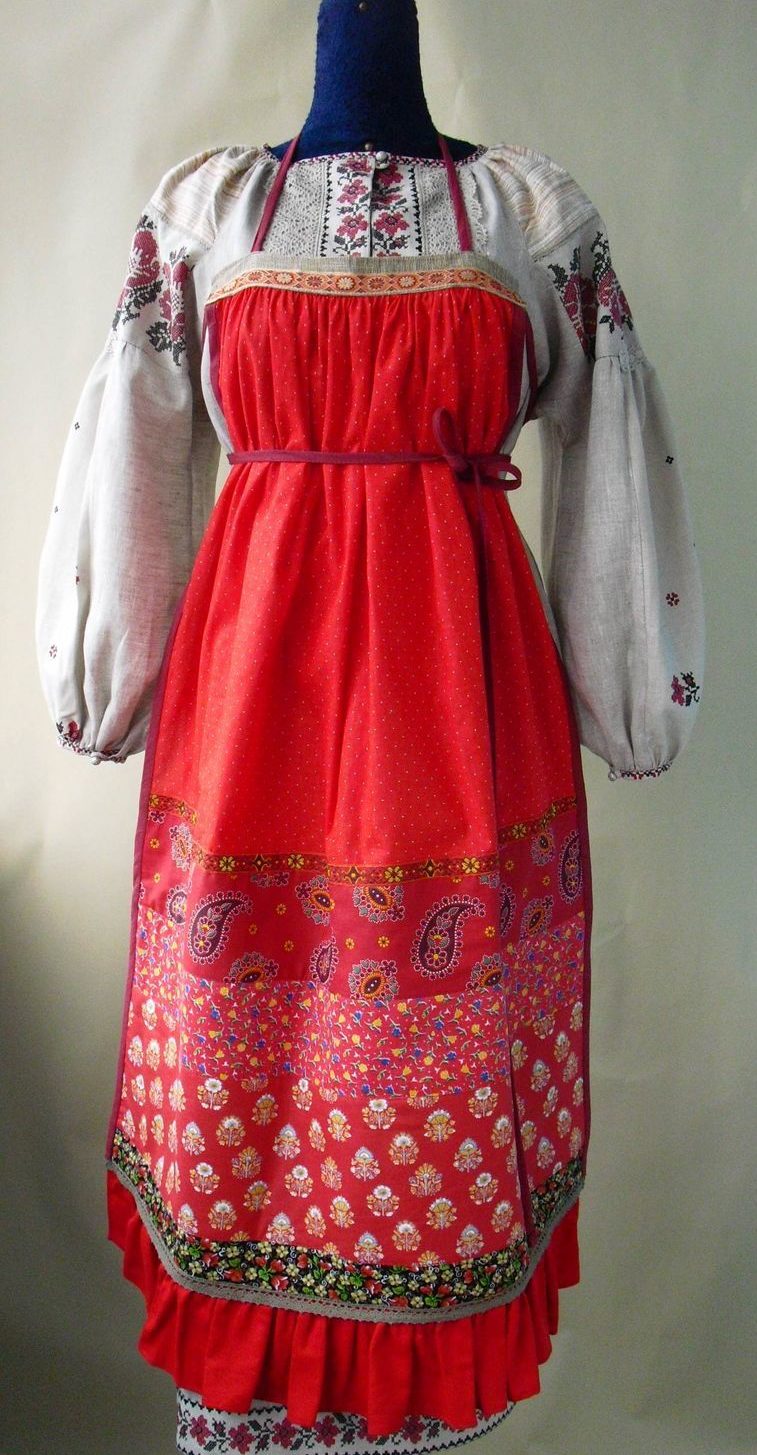
Over time, the “popularity” of this item of clothing increased or decreased. It became a fashion accessory and was part of the ceremonial vestments of the Freemasons.
Reference. Representatives of the secret society of Masons to this day must wear white aprons for meetings and ceremonies.
American colonists and their descendants used aprons for work for centuries, and fashions for decorative clothing came and went. The so-called heyday of aprons occurred in the 1940-1950s. Thanks to the greater availability of sewing machines and fabric, they were used everywhere - both in production and at home.
Reference. Many people sewed “homemade” aprons with their own hands. In the post-war period, curtains, towels, handkerchiefs, etc. served as materials for making aprons.
We all remember the aprons - black and white, which were part of the uniform during the Soviet period. The modern purpose of an apron is, as a rule, limited to household use.


 0
0